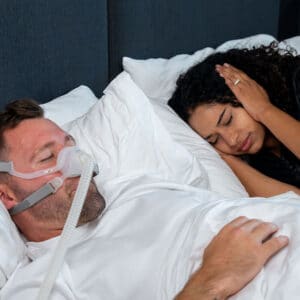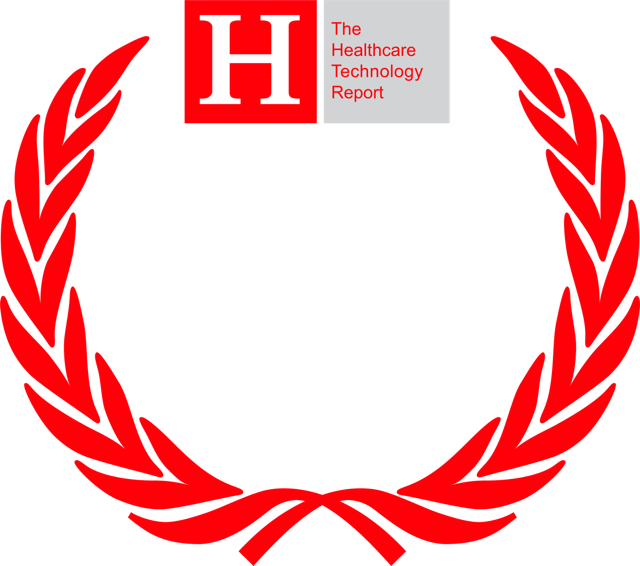
Continuous Positive Airway Pressure (CPAP) therapy is one of the most effective treatments for sleep apnea. Millions of people rely on CPAP machines every night to keep their airways open, improve sleep quality, and reduce health risks linked to untreated sleep apnea.
But here’s the thing most people don’t realize—while CPAP therapy has life-changing benefits, it also comes with hidden side effects that often go unmentioned. If you’re new to CPAP or have been struggling with it, knowing these side effects can help you manage them better and make CPAP therapy more comfortable.
1. Nasal Congestion and Dryness
One of the most common side effects is nasal dryness, irritation, or congestion. Since the CPAP machine constantly pushes air through your nose, it can dry out your nasal passages. This can lead to:
- Runny nose or stuffiness
- Nosebleeds
- Sinus irritation
Solution: Using a humidifier with your CPAP machine can add moisture to the air and reduce dryness.
2. Skin Irritation and Pressure Marks
The CPAP mask is essential, but wearing it all night can cause red marks, skin irritation, or even sores on the face. This usually happens if the mask is too tight or doesn’t fit properly.
Solution: Try adjusting the straps, switching to a different mask style, or using mask liners to protect your skin.
3. Dry Mouth and Throat Discomfort
Many CPAP users wake up with a dry mouth. This happens when you breathe through your mouth instead of your nose while using the machine. Not only is it uncomfortable, but it can also cause bad breath and increase the risk of dental problems.
Solution: A full-face mask or a chin strap can help prevent mouth breathing.
4. Bloating and Stomach Discomfort (Aerophagia)
A lesser-known side effect is swallowing air during CPAP therapy, which can lead to bloating, gas, or stomach pain. This happens when air enters the esophagus instead of just the airway.
Solution: Adjusting the CPAP pressure settings with your doctor’s help may reduce aerophagia.
5. Claustrophobia and Anxiety
Some people feel claustrophobic when wearing a CPAP mask. The sensation of having something strapped to the face can trigger anxiety or difficulty falling asleep.
Solution: Start by wearing the mask during short naps or while relaxing, so you get used to it gradually.
6. Risk of Infections
If your CPAP machine and mask are not cleaned regularly, they can become breeding grounds for bacteria and mold. This can cause respiratory infections, sore throat, or even pneumonia in rare cases.
Solution: Clean your CPAP equipment daily or at least several times a week. Replace filters and masks as recommended.
7. Changes in Sleep Quality
Ironically, while CPAP is meant to improve sleep, some people experience restless sleep or frequent awakenings at the beginning. This is usually due to discomfort, noise from the machine, or difficulty adjusting to the therapy.
Solution: With time and proper adjustments, most users adapt and see improved sleep quality.
Final Thoughts
CPAP therapy is still one of the most effective treatments for sleep apnea—but it’s important to acknowledge the hidden side effects that many patients experience. The good news? Most of these issues can be solved with small adjustments, proper cleaning, and professional guidance.
